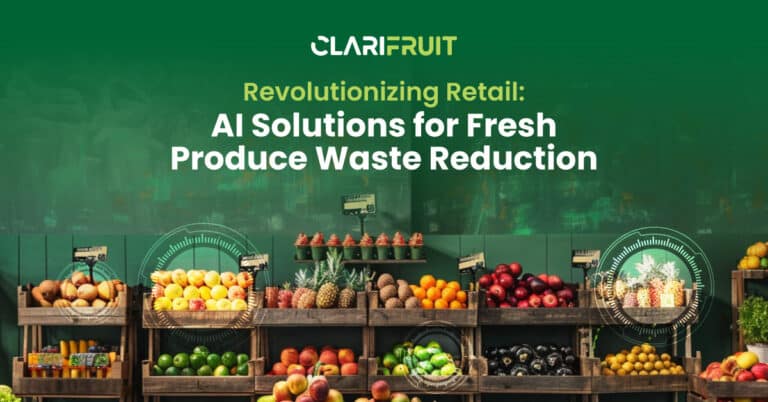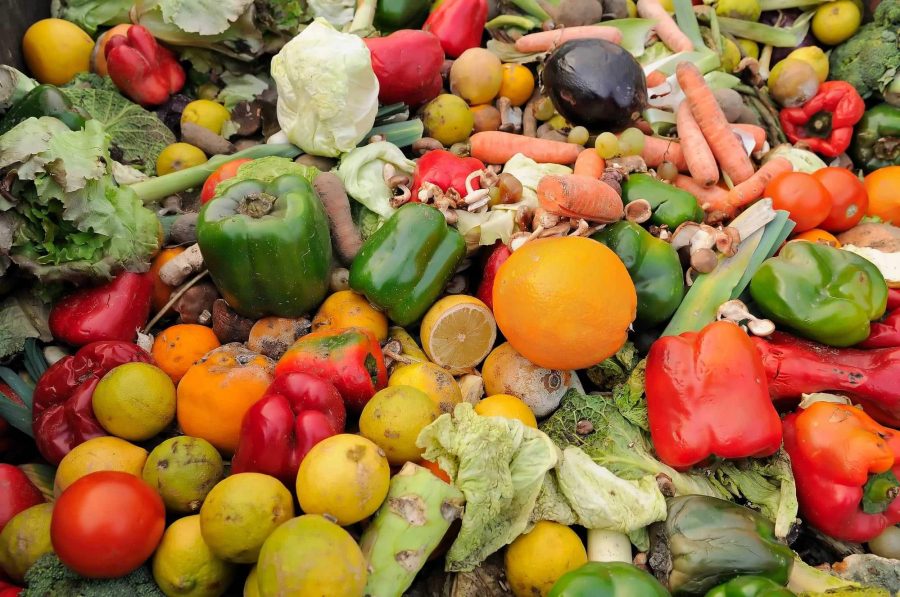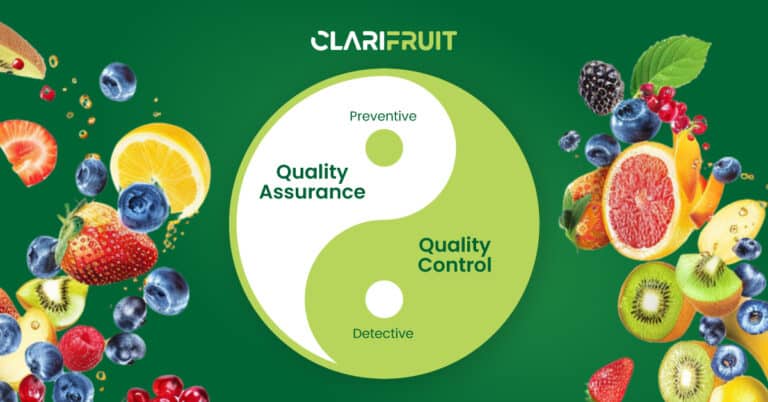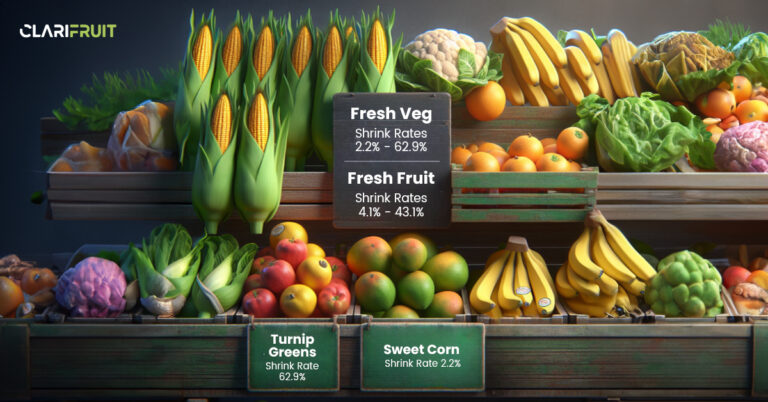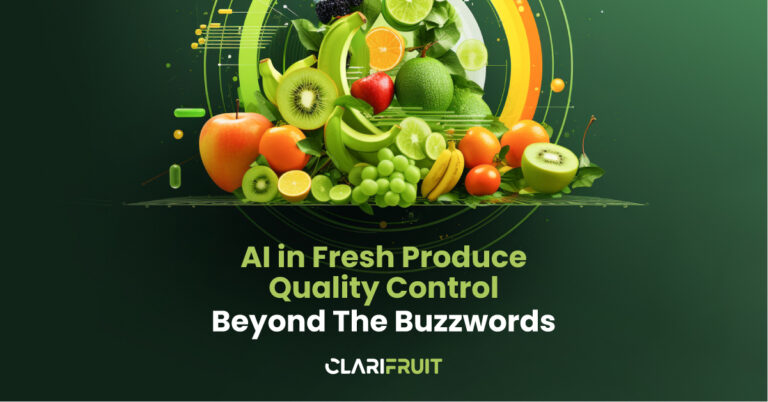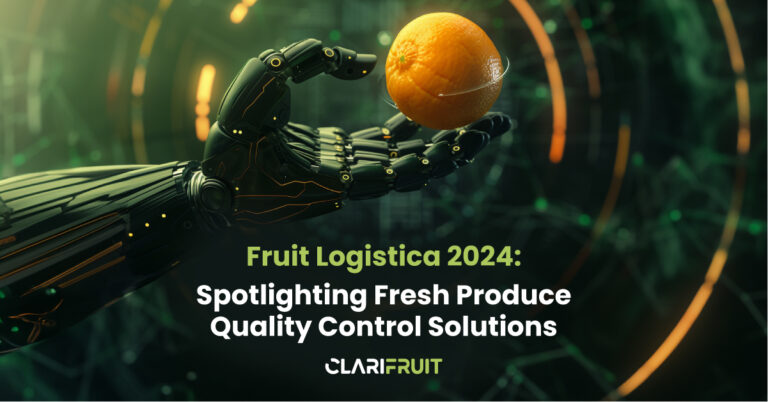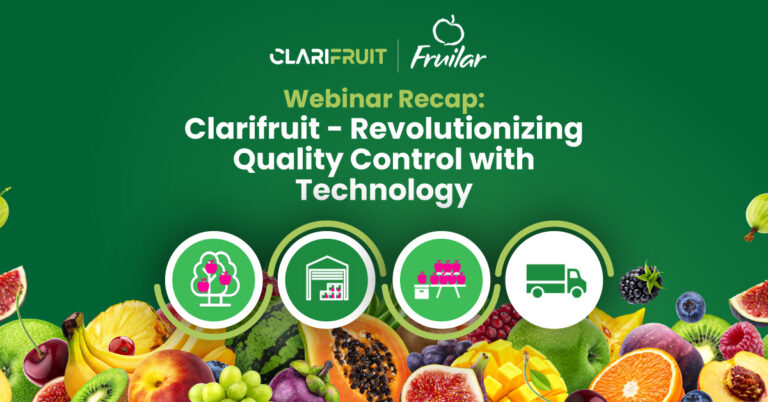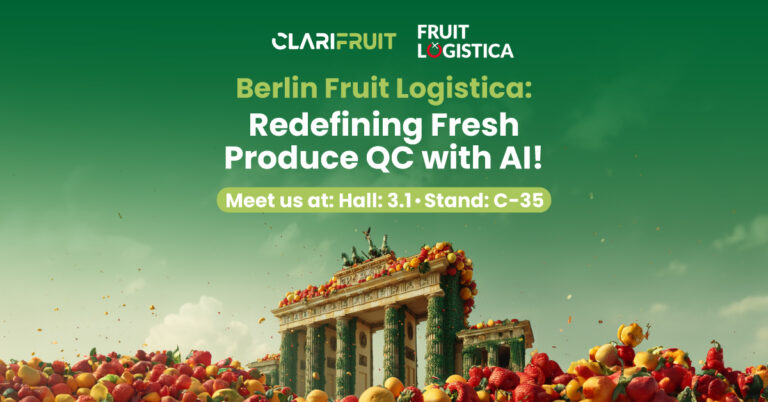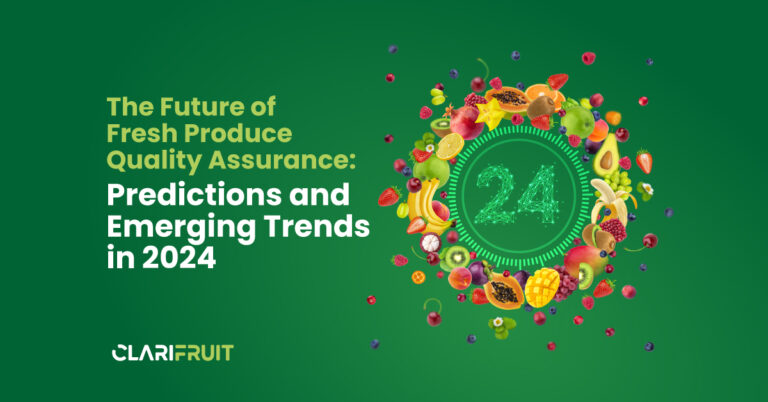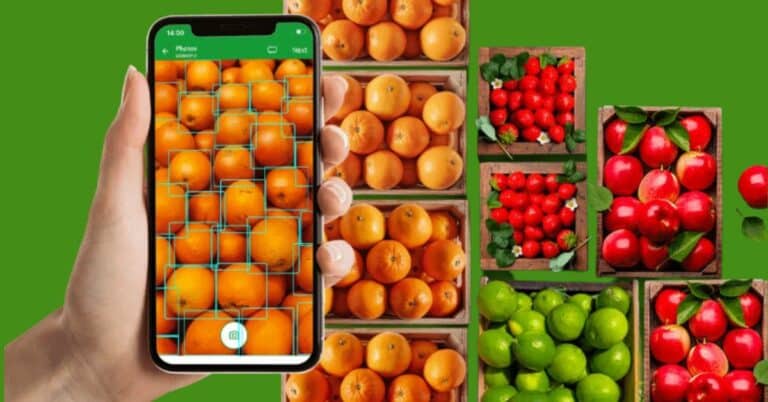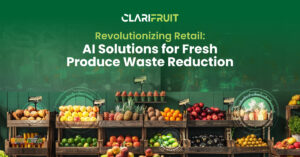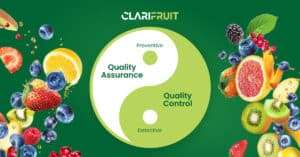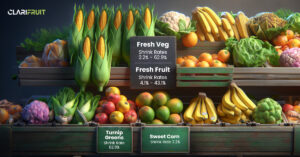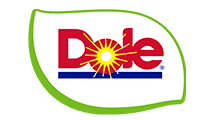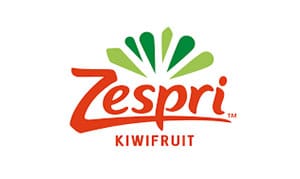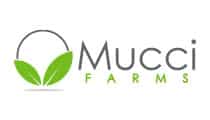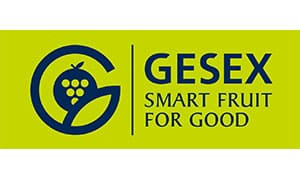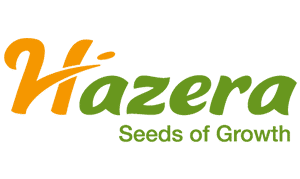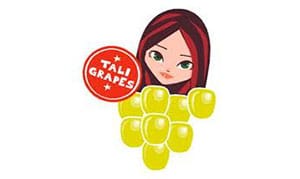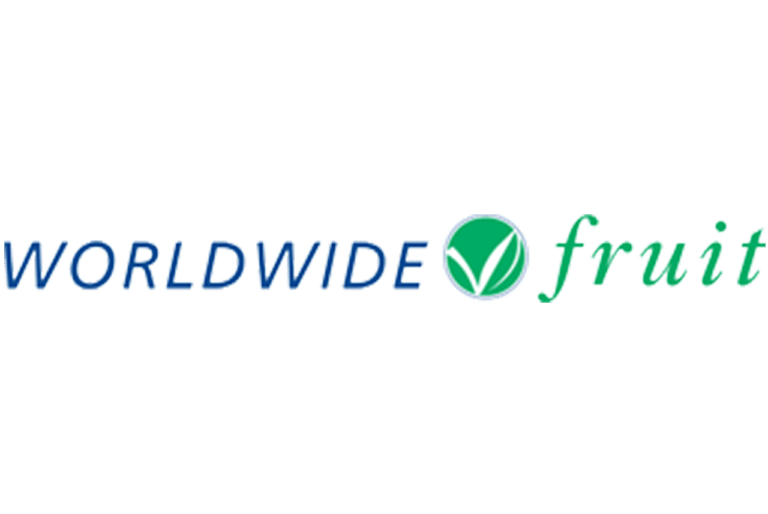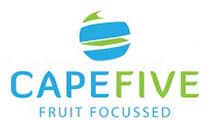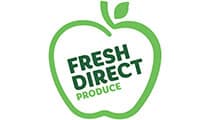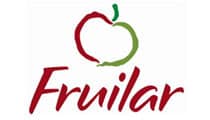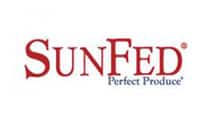Did you know that more than 20% of fruit and vegetables are lost between harvest and retail? This global waste problem is larger than the produce itself, and is already a devastating reality. It is also having a heavy impact on water shortages, with blue water attributable to food waste at around 6% of all total withdrawals.
What’s Causing the Food Waste?
In order to go some way to solving this problem, we need to recognize what’s causing it to begin with. Let’s take a look at the main culprits, across the whole value chain.
Out-of-Date Harvesting Methods
In many cases, the problems happen at the earliest stages, on the fields themselves. One reason for this is that there is no accurate way to evaluate quality pre-harvest or on the tree at scale, and another is that quality control is both manual and expensive and so out of scope for most growers with limited budgets. In addition, there is limited data for the target quality standard at the point of harvest.
Many areas also have the additional challenge of poor weather, making it difficult to ascertain the root cause of the waste. In Sub-Saharan Africa, for example, losses at the farm level can be greater than 35% of all crops.
Packaging and Transport
In Central and Southern Asia, losses in transport can be as much as 30% of the overall yield, a huge amount of waste. As fruits and vegetables can be moved multiple times, take different routes, and go through numerous handlers, the ability to track the produce across the supply chain is limited.
At each handover, fresh fruits and vegetables will go through a negotiation process, where prices will be driven down, food rejected, and a certain percentage wasted. This not only causes unnecessary loss of fresh fruits and vegetables, it also makes it difficult for stakeholders to forecast their revenues or sales ahead of time.
Storage
Losses in storage can be as much as 50%, especially if the warehousing or storage provider does not have access to hermetically sealed packaging or adequate cold storage. As the time period between field and store can be weeks or even months, these numbers are not surprising. Of course, at the end of the period of storage, the fresh produce will go through another negotiation with the inspector for the retailer or buyer.
Stakeholders desperately need additional insight into the actual quality of the produce, otherwise they rely on subjective inspections that change from person to person and day to day, adding exponentially to the growing waste.
Consumer Expectations
Let’s not forget the losses at the retailer and consumer level. On the retail side of the equation, supermarkets and grocery stores are driven by consumer expectation, and the myth of ‘perfect produce’. To remain competitive, stores demand fully stocked shelves and a large variety of produce, much of which will never be sold.
Studies have shown that consumers underestimate what they waste, which in the US is as much as 40% of its post-harvest supply. Awareness and education can make a difference though. In the UK and Denmark as two examples, 5 years of awareness raising campaigns have led to a 20% reduction in household waste.
The Perfect Time to Make a Change
The UN General Assembly has named 2021 as the Year of Fruits and Vegetables, so there is no better time to meet these challenges head on, and utilize technology and automation to make a real difference. Here’s how we see things.
Clarifruit is the first of its kind, an end-to-end automatic fresh produce QC solution that can meaningfully reduce the losses and waste that stakeholders – from growers, to marketing companies, wholesalers, and retailers – experience across the value chain, from field to fork.
By simply taking a photo of the produce in question with a regular smartphone device, anyone can benefit from AI-derived insights into the quality of the fruit or vegetable. This gives timely, objective and consistent data to help answer the question, “how much is this produce worth?” This in turn mitigates price renegotiations and the reliance on subjective guess-work for both the farmer, and the logistics and supply chain arena.
In addition, behind the scenes, Clarifruit offers a cloud-based management platform that adds visibility and control to the process of quality control. Businesses can see clearly where rejections and waste are caused, whether that is in the initial stages of harvest, in transit to warehousing, during storage, or for a specific produce type. With this data, stakeholders can make smart changes, such as altering vendors, or adding additional infrastructure to improve transport or management.
Let’s Make a Difference
The world is in great need of a scalable, automated tool that can truly impact the growing global waste problem, and meet the unique challenges of each stage of the supply chain. Clarifruit is that tool. Want to give it a try? Get your free credentials here.
